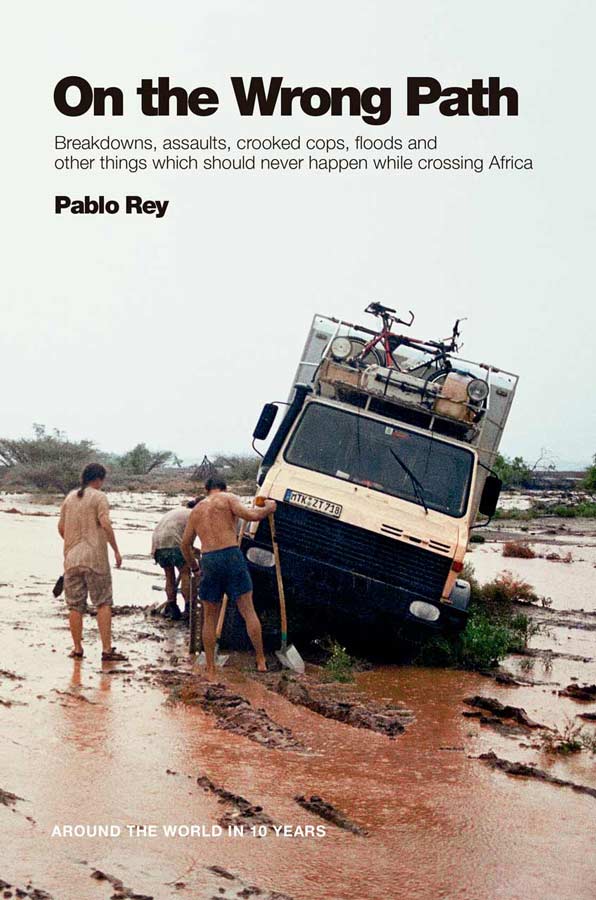282- Security on the Road: Where to Camp
©Pablo Rey. Published on Overland Journal Magazine, Winter 2014.
After 15 years overlanding the world, Pablo Rey shares some important tips on how to not end up walking in your underwear on a faraway road in the middle of nowhere.
One of the biggest differences we’ve noticed on our trip around the world is the perception of personal distance, the space that people allow you while watching what you do. Being the object of curiosity may be uncomfortable, especially in the beginning. But it turns into an annoying situation when it is repeated in country after country. For example, in Africa we often felt like actors representing the play of our daily life. We traveled there to discover nature, culture, and food, but at the same time we became the objects of local curiosity. It was like we were the subjects in a live National Geographic episode about western culture.
The best weapon to get rid of voyeurs is boredom. You take out a chair, sit down, and start to read a book. It works well: 10 minutes later you’ll be alone again. Several times we’ve awaked in a remote village or in a place that looked desolate the day before. But when we peeked through the windows we found ourselves surrounded by 20 or 30 people who had arrived with chairs and chickens to await the start of the show of our daily life. And, as you might expect, our first act of the day is usually to look for a toilet. It was horrible.
Sometimes the road is full of opportunities to camp in lost natural places, open deserts, or hidden nooks. It may be a lonely beach at the end of an unsigned track, behind some bushes, or in a forest close to a stream. Other times it is difficult even to find an organized camping area. So, you have to go back to Plan B.
In the United States, our emergency camping places are the Wal-Mart parking lots. They are open 24 hours and you can practically take a bath in the family restroom. In the rest of the world, the best places to spend the night when you don’t find anything better are gas stations. Look for the ones that have a parking area for trucks, and are on the main roads or at the outskirts of big cities, and then settle into a corner.
If the gas station is small, the appropriate thing to do is to ask one of the employees at the pumps for permission. Very rarely have they wanted to charge us a tip, which might include a Coke or a snack for the watchman.
••••
READ MORE PABLO AND ANNA TRAVEL STORIES IN THIS LINK
••••


Pablo Rey (Buenos Aires) and Anna Callau (Barcelona) also known as #viajeros4x4x4, have been overlanding the world non stop since 2000 on a 4WD Delica van. They mastered the art of solving problems (breakdowns and police harassment, between them) in far away places, while enjoying their nomadic lifestyle.
They’ve been 3 years driving through Middle East and Africa, between Cairo and Cape Town; 7 years all around South America, and 7 years going to every corner of Central and North America. They crossed the Southern Atlantic Ocean in a fishing vessel, descended an Amazon river in a 6 log wooden raft, and walked with a swiss knife between elephants in wild Africa. On the last two years they started to travel by foot (Pyrenees mountains coast to coast, two months) and motorbike (Asia), with the smallest lugagge possible.
Pablo has written three books in Spanish (one translated in English), many articles to magazines like Overland Journal and Lonely Planet and both are in the short list of the most respected latino overlanders.
¿When will the journey end? It doesn’t end, the journey is life itself.







